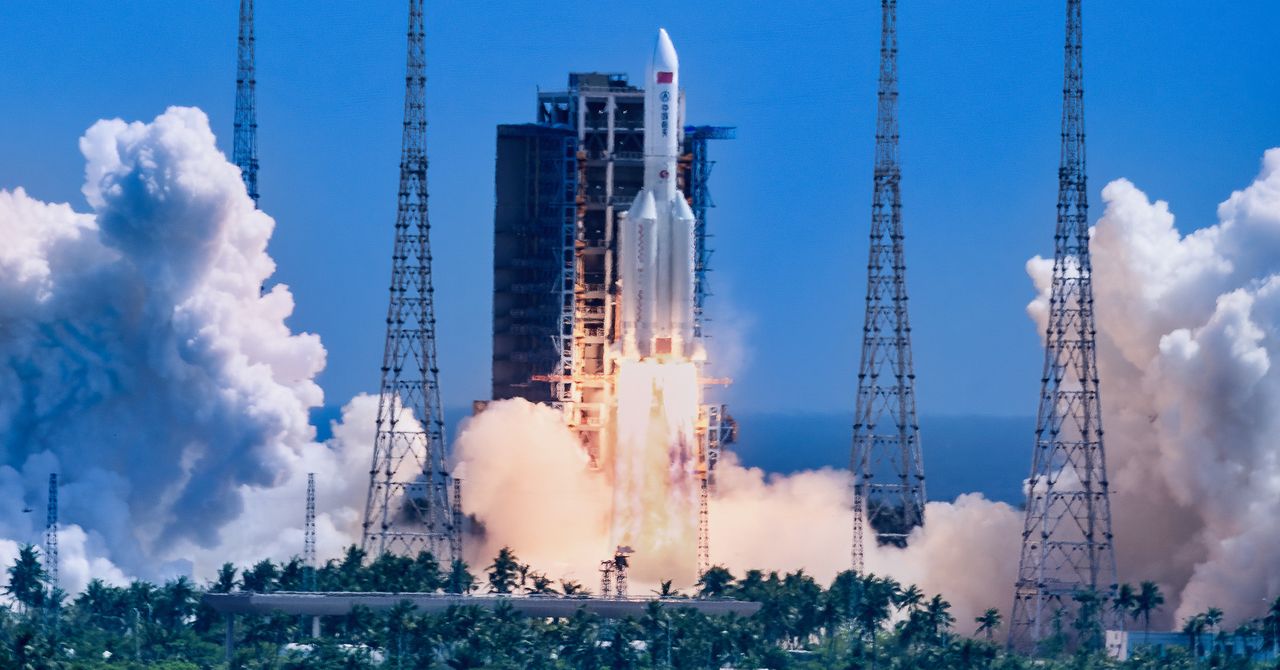
“In their rush to move quickly, they are adding to the long-term collision hazard,” McKnight said.
The deputy head of China’s national space agency, Bian Zhigang, addressed the International Astronautical Congress on Monday. He was asked about China’s commitment to good stewardship of the space environment. Bian acknowledged a “very serious challenge” in this area, “especially with megaconstellations.” He did not mention China’s problem with leaving rockets in orbit.
Bian said China is “currently researching” how to remove space debris from orbit. One of the missions China claims is testing space debris mitigation techniques has docked with multiple spacecraft in orbit, but US officials see it as a military threat. The same basic technologies needed for space debris cleanup—rendezvous and docking systems, robotic arms, and onboard automation—could be used to latch on to an adversary’s satellite.
Silver Lining
McKnight and his coauthors (from the US, the UK, Italy, Japan, and Russia) went the extra mile to assess how the space debris threat would change if some of the most hazardous objects dropped off the list. He said the results are promising.
“If you take out 10 of the objects, you reduce it by 30 percent,” McKnight said. “That’s a measurable change. I think that’s what’s been missing in the past about justifying active debris removal.”
Active debris removal is an elusive proposition. While it is technically feasible, as several missions have shown, there’s the question of who pays. Is there a viable market for space debris cleanup services? The European Space Agency and Japan’s space agency have invested low levels of funding in debris removal initiatives. One of these projects, led by a Japanese company named Astroscale, completed a successful demonstration last year to set the stage for a future attempt to dock with a defunct Japanese rocket and steer it back into the atmosphere.
Astroscale was founded in 2013 for the purpose of ridding low-Earth orbit of space junk. Realizing the limited market for those missions, the company has pivoted to also pursue satellite servicing and refueling technology.
“We can make a measurable impact on the debris-generating potential, and the potential for the onset of the Kessler Syndrome by removing 10 or 20 objects,” McKnight said. “The bad news is we just added 26 new objects in the last two years.”
This story originally appeared on Ars Technica.
Services Marketplace – Listings, Bookings & Reviews
